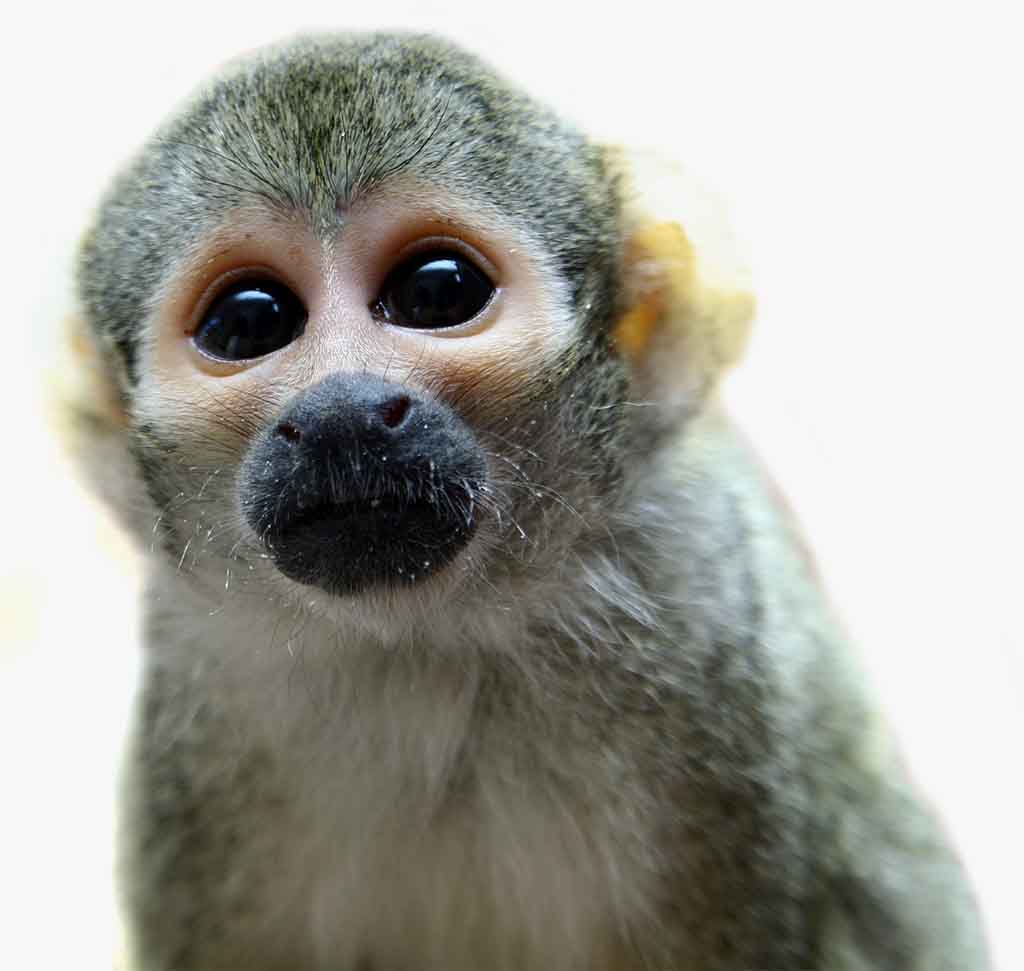The Great Grey Owl (Strix nebulosa) is a very large owl, documented as the world's largest species of owl by length. It is distributed across the Northern Hemisphere, and it is the only species in the genus Strix found in both Eastern and Western Hemispheres. In some areas it is also called Phantom of the North, cinereous owl, spectral owl, Lapland owl, spruce owl, bearded owl, and sooty owl.
Adults have a large rounded head with a grey face and yellow eyes with darker circles around them. The underparts are light with dark streaks; the upper parts are grey with pale bars. This owl does not have ear tufts and has the largest facial disc of any raptor. There is a white collar or "bow tie" just below the beak. The long tail tapers to a rounded end.
In terms of length, the great grey owl is believed to exceed the Eurasian eagle-owl and the Blakiston's fish owl as the world's largest owl. The great grey is outweighed by those two species as well as several others, including most of the genus Bubo. Much of its size is deceptive, since this species' fluffy feathers, large head and the longest tail of any extant owl obscure a body lighter than that of most other large owls. The length ranges from 61 to 84 cm (24 to 33 in), averaging 72 cm (28 in) for females and 67 cm (26 in) for males. The wingspan can exceed 152 cm (5 ft 0 in), but averages 142 cm (4 ft 8 in) for females and 140 cm (4 ft 7 in) for males. The adult weight ranges from 580 to 1,900 g (1.28 to 4.19 lb), averaging 1,290 g (2.84 lb) for females and 1,000 g (2.2 lb) for males. The males are usually smaller than females, as with most owl species.
The call of the adult is a series of very deep, rhythmic whoos, which is usually given in correlation to their territories or in interactions with their offspring. At other times, adults are normally silent. The young may chatter, shriek, or hiss. Tame owls may produce higher-pitched hoots when given food by humans.
Northern North America, Northern Europe and Northern Asia. In the wild, the Great Grey Owl would live in a variety of forested habitats, including boreal forests and coniferous forests.
The Great Grey Owl is a carnivore and the majority of their diet consists of small rodents but they will also eat birds, rabbits and squirrels.
30 years.
Least Concern
The Great Grey Owl is one of the largest owl species living in the northern Hemisphere and one of the tallest species of owl in the world. It has a large facial disc, which is the largest of any bird of prey. This facial disc is concave and channels sounds to the owls ears so they can locate their prey. They have very good hearing and can even locate their prey under snow.
